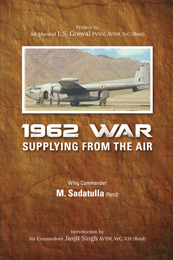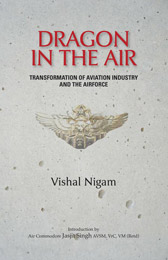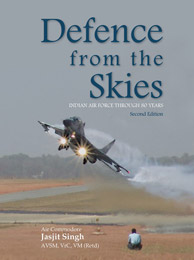Subjects
Recent View(s)
Armed Pegasus: The Early Years
Somnath Sapru
Barely seven years after the Wright Brothers flew for the first time a heavier than air machine at Kitty Hawk, North Carolina, USA, in 1903, the first crates containing two Boxkite aeroplanes landed at Karachi. In December 1910, they flew in the Indian skies for the first time, heralding the coming of the air age to India.
It was, however, in early 1916, with the pressure of war on, that the British government decided to send military aeroplanes to India. Prior to that, a flying school had been opened in early 1914 but due to the war, it closed down. Thereafter, the miniscule presence of the Royal Flying Corps/Royal Air Force (RFC/RAF) in India (mostly in the North-West Frontier area) steadily increased and served right through the Twenties and Thirties, until World War II began and beyond it up to 1947.
This was the period when the tactics and organisational structure of the new service gradually changed through innovation and emulation of the other two services until the Indian Air Force (IAF) came into existence in October 1932. It was in this period that there was a demand for Indians to be recruited into the RAF. The British flatly refused but eventually conceded that a separate service for India should be established.
However, this period of nearly 20-25 years saw the slow but steady growth of the organization and formulating of rules, regulations, uniforms, rank structure, methods, tactics and utilization of the changing technology that brought better and more powerful aeroplanes for use. While Britain has its own history of the RAF, India does not have any history that explains the how, why and where of the operations in India. And once the IAF was set up, it naturally followed the pattern on which the RAF had been set up.
For the past over sixty years, the IAF has its own history but does not have any detailed account of how the RAF was managed and the introduction of many operations and actions that laid the foundation of the IAF. From the logo on the aircraft, to squadron histories, the constant upgradation of technology and adoption of the RAF’s customs and traditions, these were not recorded. This book is an attempt to place on record the facts and events to show how the Air Force was set up and by trial and error, reached the heights of glory of today’s IAF. This narrative is in the nature of describing the base on which the foundation was gradually laid and subsequently expanded.


 Political Science
Political Science



